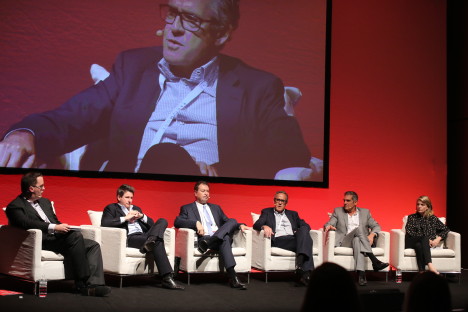Quickflix appears to have given up but what are the lessons for Aussie media?
 Quickflix appears to be engineering a reverse takeover with its new Chinese partner, after having burnt some $30m+ of shareholder money, but Nic Christensen asks if the bigger lesson here may be that Australian media players are too small to go it alone in a global market?
Quickflix appears to be engineering a reverse takeover with its new Chinese partner, after having burnt some $30m+ of shareholder money, but Nic Christensen asks if the bigger lesson here may be that Australian media players are too small to go it alone in a global market?
It’s only two months since we had all the key video streaming players on stage at Mumbrella360 and already some of the predictions made that day appear to be playing out.
On stage Fetch TV boss Scott Lorson told the audience the war between Netflix, Presto, Stan, and the struggling Quickflix would claim its first victim “within 12 months”.



Most Chinese use Youku.com
I disagree the Quickflix has poor content, it has amazing content, heaps of tv shows and movies not found on the other sites
On stage Fetch TV boss Scott Lorson told the audience the war between Netflix, Presto, Stan, and the struggling Quickflix would claim its first victim “within 12 months”.
in hindsight
“….first victim ‘within 12 weeks'”
I think Quickflix playing in the biggest market in the world is a good move. Its not a white flag but a good aggressive strategic move on their part
What is a reverse takeover? A giveover? A Takeunder?